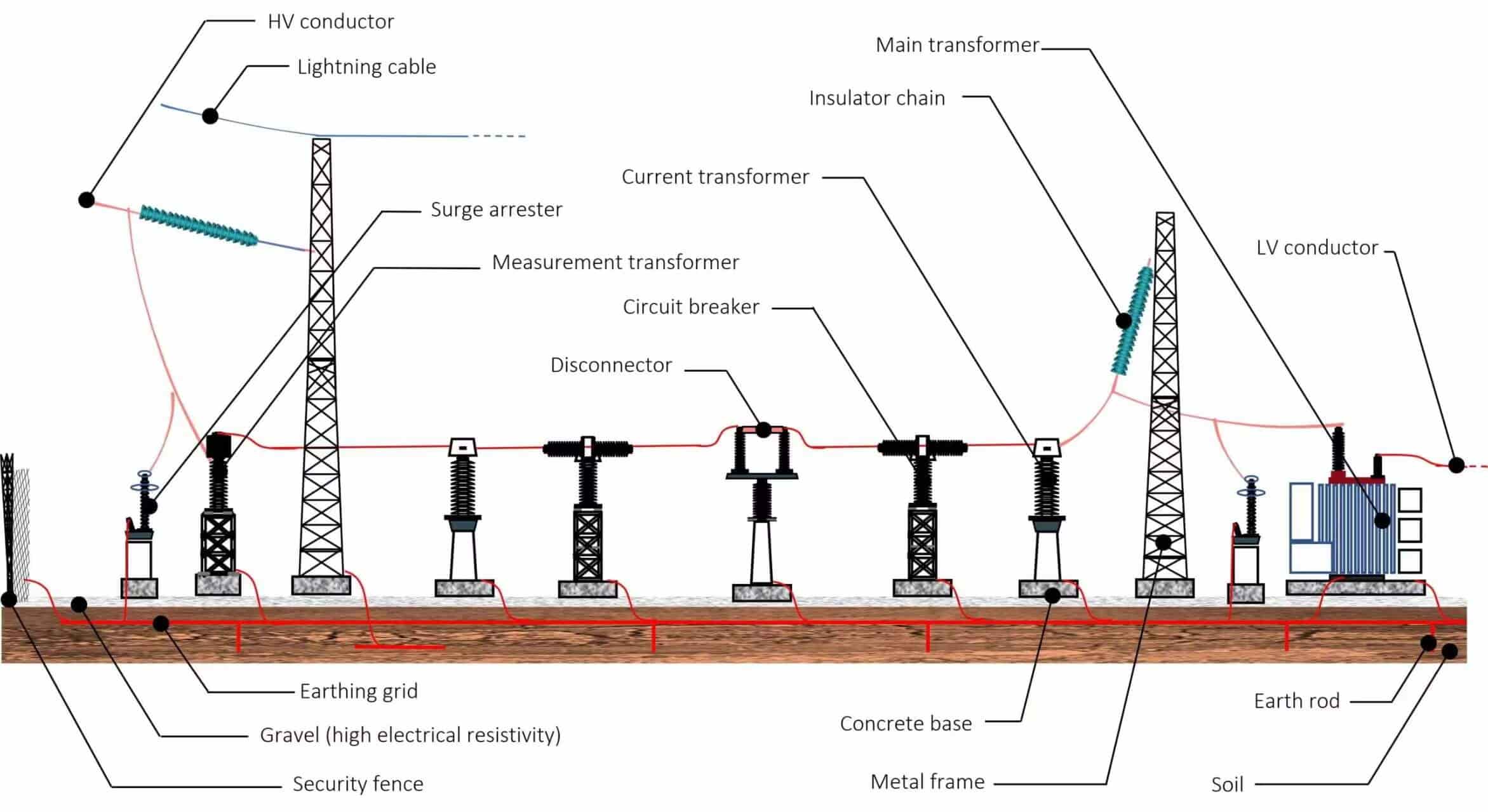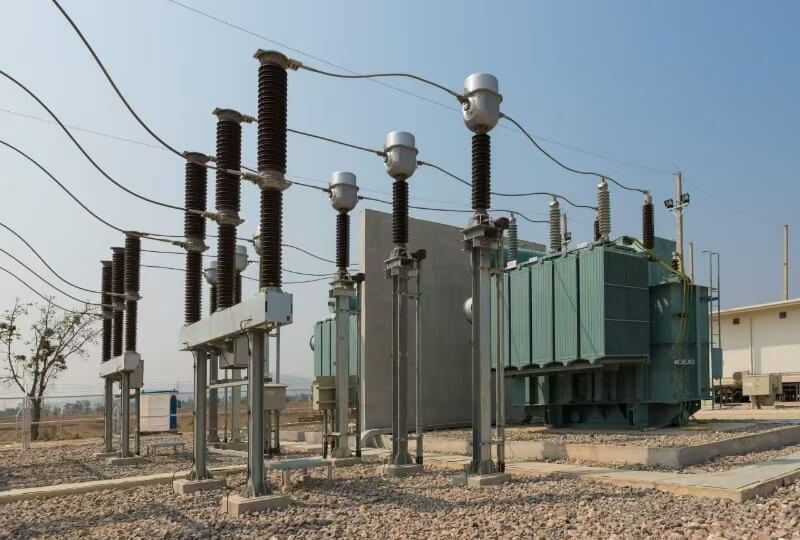Why Substation Is Necessary In A Power System?
 Aug 20,2024
Aug 20,2024

 Suke
Suke
Generation is only the first of many steps our power takes on its nearly instantaneous journey from production to consumption. The behavior of electricity doesn't always follow our intuitions, which means the challenges associated with constructing, operating, and maintaining the power grid are often complicated and sometimes unexpected. Many of those challenges are overcome at the facility which, at first glance, often looks like a chaotic and dangerous mess of wires and equipment, but which serves several essential roles in our electrical grid, the substation.

Electricity is produced at a low voltage of 10-30 KV in large power plants, which is increased using transformers to travel along transmission lines. This increases the voltage, making it more efficient but also dangerous. However, when transmission lines reach populated areas, they must be brought back down using transformers within a substation. Transformers are simple devices that rely on the alternating current of the grid, consisting of two adjacent coils of wire. The induced voltage is proportional to the number of loops in each coil, allowing for fine adjustments to balance safety and efficiency. The substation often includes equipment for monitoring and controlling the power on the grid, such as instrument transformers and regulators. Maintenance is crucial for this equipment, and safety is crucial in the substation, where extra-high voltage power lines get close to the ground. The substation is built with a grid of grounding rods and conductors, ensuring the substation and its equipment are kept at the same voltage level, called equipotential, to prevent electricity flow through people.
Finally, the substation is surrounded by large fences and warning signs to make sure that any wayward citizens know to stay out. In many ways, the grid is a one-size-fits-all system - a gigantic machine to which we all connect spinning in perfect synchrony across, in some cases, an entire continent. On the other hand, our electricity needs, including when we need it, how much we need, and how reliably it should be delivered vary widely. Power requirements are vastly different between a sensitive research facility and a suburban residential neighborhood, between a military base and a country club golf course, and between a steel mill and a bowling alley. Likewise, every electrical substation is customized to meet the needs of the infrastructure it links together.

As the grid gets smarter, as demand patterns change, and as we hopefully continue to replace fossil fuel generation with sources of renewable energy to curb global warming, managing our electrical infrastructure will only get more challenging. So the substation will continue to play a critical role in controlling and protecting the power grid.

 Home
Home Why Does Copper Wire Turn Black?
Why Does Copper Wire Turn Black?  You May Also Like
You May Also Like

 Tel
Tel
 Email
Email
 Address
Address














